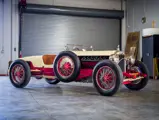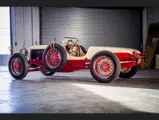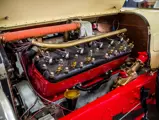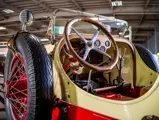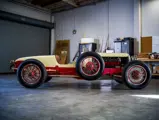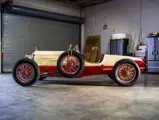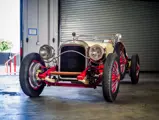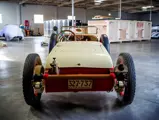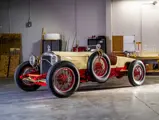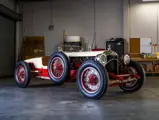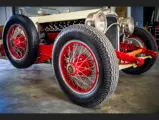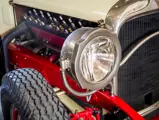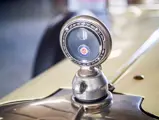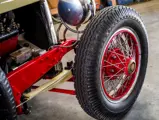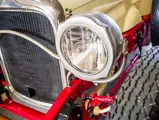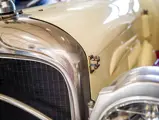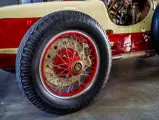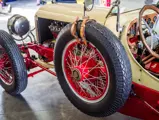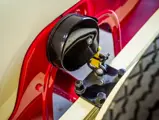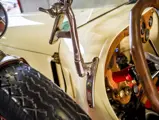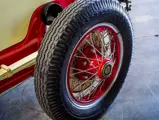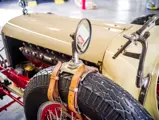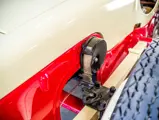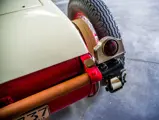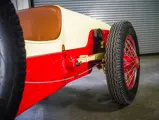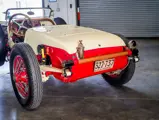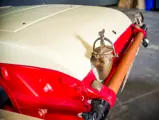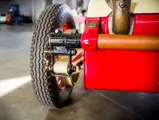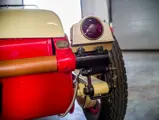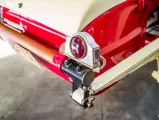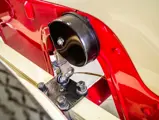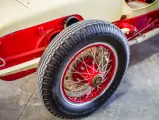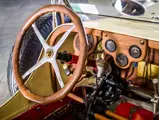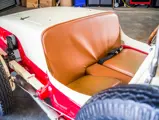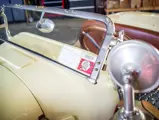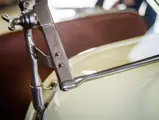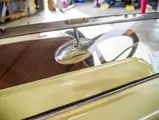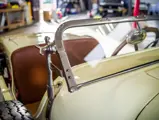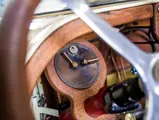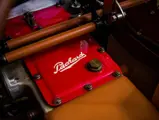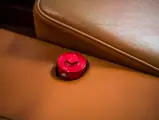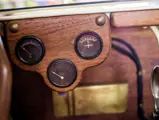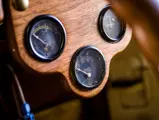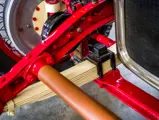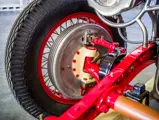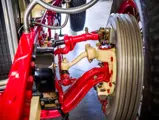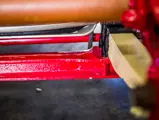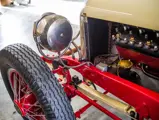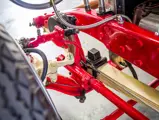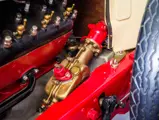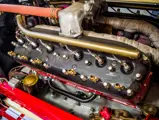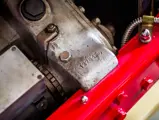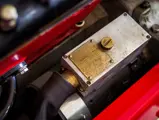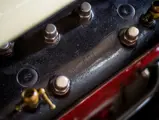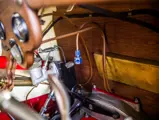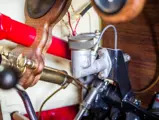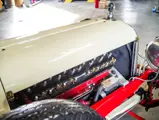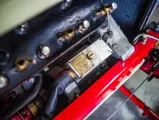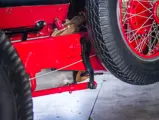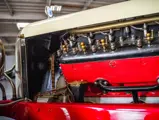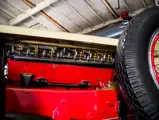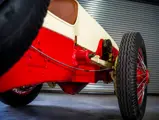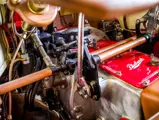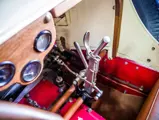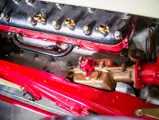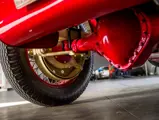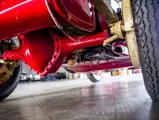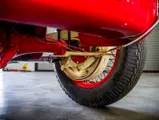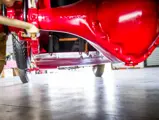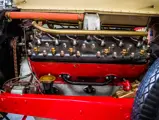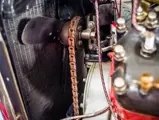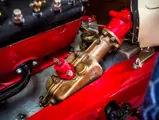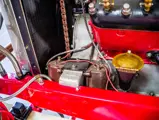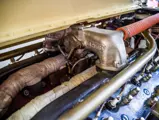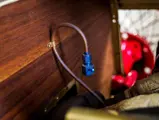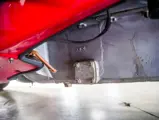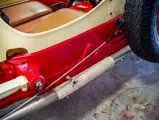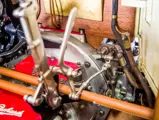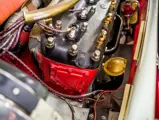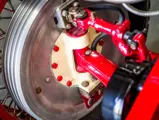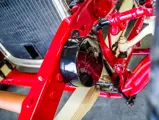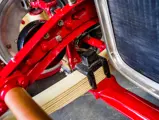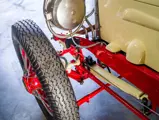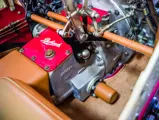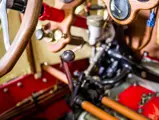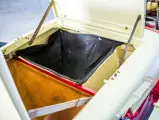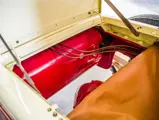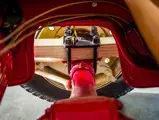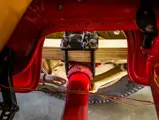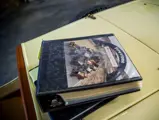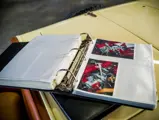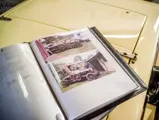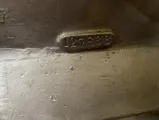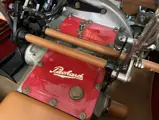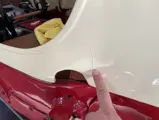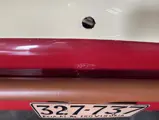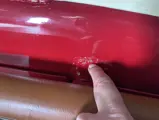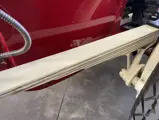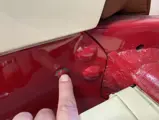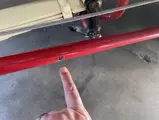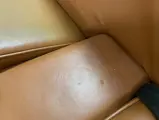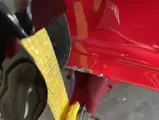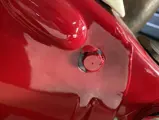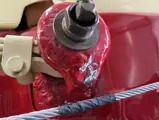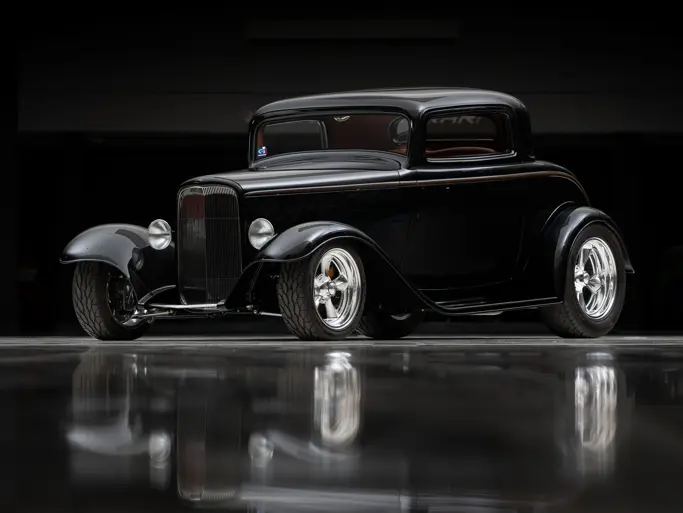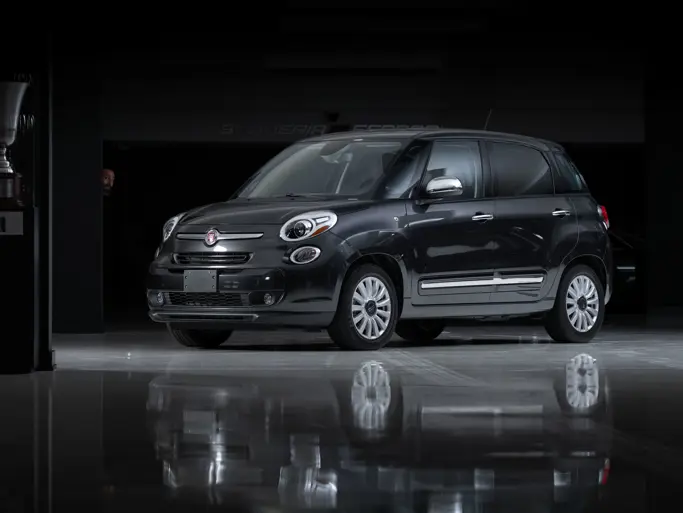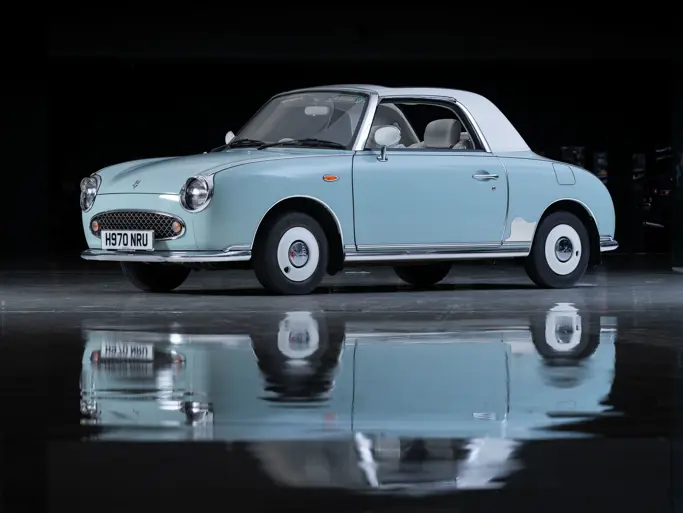Open Roads, February 2021
1917 Packard 2-25 Twin Six Runabout
North American Offering
{{lr.item.text}}
$115,500 USD | Sold
 | Culver CIty, California
| Culver CIty, California
{{internetCurrentBid}}
{{internetTimeLeft}}

- A unique Packard racer; custom period-built bodywork on a shortened frame
- 424-cu. in. L-head V-12; three-speed manual transmission
- Hispano-Suiza front axle; four-wheel drum brakes
- Fitted with 20-inch Buffalo Wire Wheels with dual-sidemount spares
- Accompanied by historical photos and correspondence, documentation of restoration
- 2005 Pebble Beach Concours and Tour d’Elegance participant
Despite a strong reputation for world-class engineering and high-quality manufacturing, the Packard Motor Car Company’s official forays into motorsports were relatively limited—at least when compared to those of luxury rivals such as Stutz and Duesenberg. That did not stop enterprising racers from building their own Packard-based car for competition use, however.
This 2-25 Twin Six Runabout Racer is one such car. One of a handful of Packard Twin Six examples shipped new to Argentina, its transformation into a low-slung racing machine apparently occurred shortly after its arrival in South America. Its 424 cubic-inch L-head V-12 was designed to smoothly propel massive luxury vehicles; it is easy to see how this engine would serve admirably as the heart of a stripped-down racer with lowered, minimalistic runabout bodywork.
Further race preparation included a special radiator, a custom intake manifold, a side-exit exhaust, and a gearshift mechanism relocated to the right side of the driver. Because the Twin Six chassis was equipped from the factory with rear brakes only, this car’s front axle was swapped with a Hispano-Suiza assembly, an upgrade that gave it four-wheel stopping power. Twenty-inch Buffalo Wire Wheels were found at each corner, as well as similar dual side-mounted spares—vital for long-distance events.
Although the competition provenance of this car is, at the present, not known, historical research indicates that the Packard Twin Six model was driven by racers including Mariano de la Fuente, Alejandro Schoega, and Raúl Riganti across Argentina from 1918 to 1922; it is quite possible that this is the car referenced in some or all of these events. In any case, period photos do show the Packard, apparently painted a dark color and equipped with small cycle fenders, to be in very much the same configuration as it appears today.
By the late 1950s or early 1960s, the Packard, reportedly still showing some evidence of its use in competition, was acquired by C. William Humphreys, a Shell Oil executive stationed in Argentina. In 1962, he sold the car to a Frederick D. Douglass, who would later return to the United States and attempt to bring the car back with him. This presented a challenge, as Argentinian authorities were hesitant to let a vehicle of such perceived historical and monetary value leave the country.
So, in a convoluted process described in period correspondence as something that “would make a ‘best seller’ novel,” the Packard was partially disassembled, repainted, and affixed with junk parts in an effort to conceal its true nature. The guise worked; while some components were shipped individually to Douglass, the rest of the car eventually arrived at the port of Houston on 15 January 1964 aboard the S/S Nopal Star. It was released by United States customs on 23 September 1965.
Still unrestored, the Packard was sold to Elwood Hardman of Evergreen, Colorado in February 1969 following Douglass’ death. It would remain in Hardman’s possession until June 2001, at which point it was purchased by William Eyler and restorer Dave Rosenwinge; despite preparation work carried out by Douglass, Hardman noted at this time that the car had apparently not been in operational condition since arrival in the United States over three decades earlier. This would quickly change, as a total overhaul of the car soon commenced. In the midst of the restoration, the Packard was sold to Anthony Reed and Rick Eagen, under whose ownership the job would eventually be completed by Rosenwinge.
Even before work on the car was finished, the significance of this Twin Six was recognized by Packard authorities: In 2002, it was displayed at the National Packard Museum in Warren, Ohio as part of a “Packards at Speed” exhibit. Following the completion of its cosmetic and mechanical restoration, the Packard was displayed at the 2005 Pebble Beach Concours d’Elegance, before which it participated in the Pebble Beach Motoring Classic and pre-show Tour d’Elegance.
Today, this distinctive Packard Twin Six racer’s restoration presents in well-maintained condition. Finished in cream over a red chassis, and with a purposeful interior trimmed in tan leather, it remains a compelling candidate for show, exhilarating touring, or even vintage competition events. It is accompanied by a large history file containing period photographs, historical correspondence, and documentation of its restoration.

